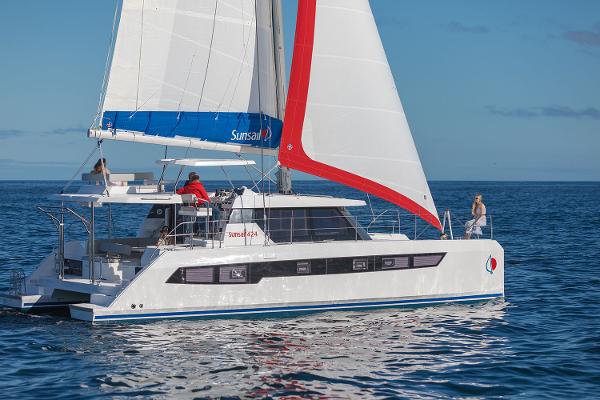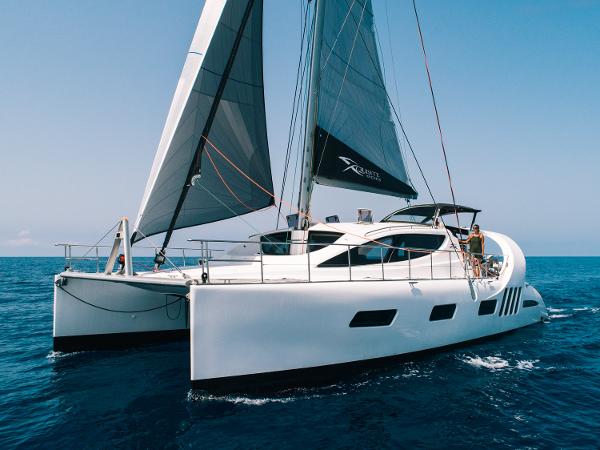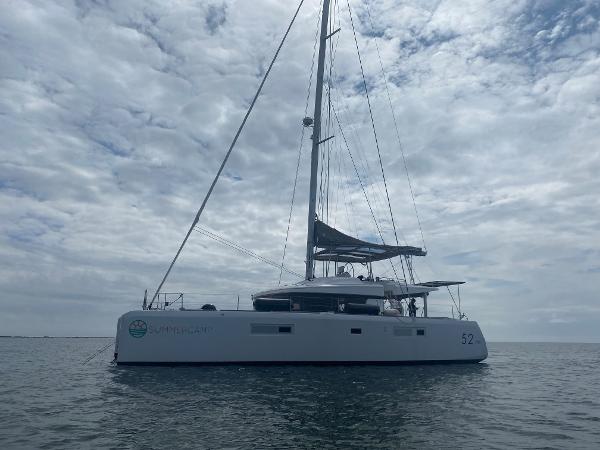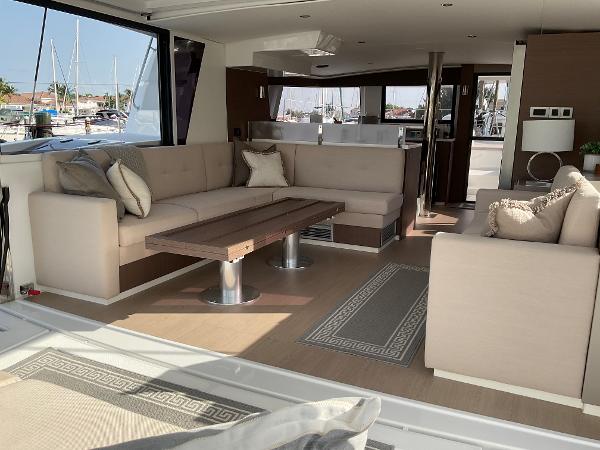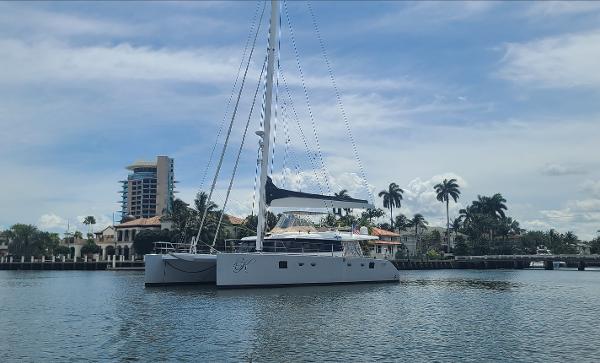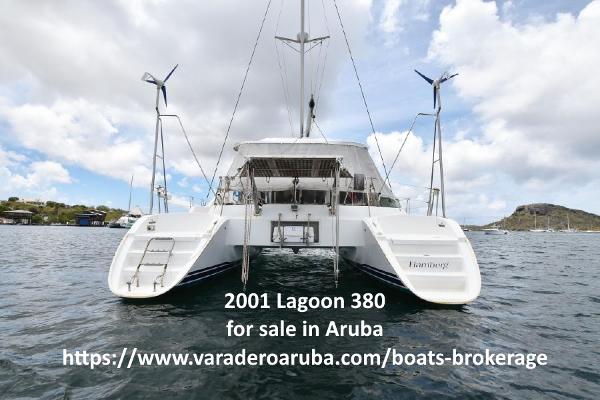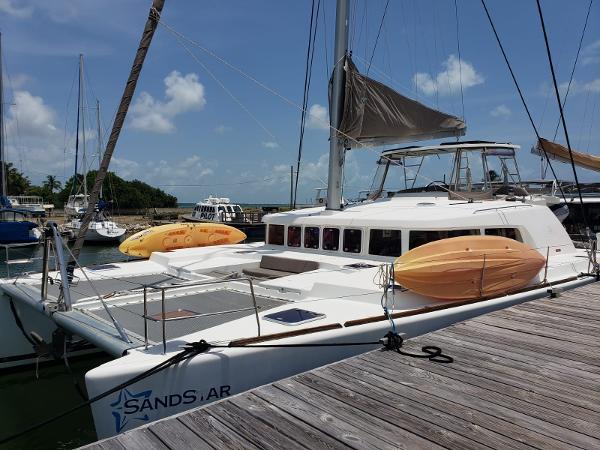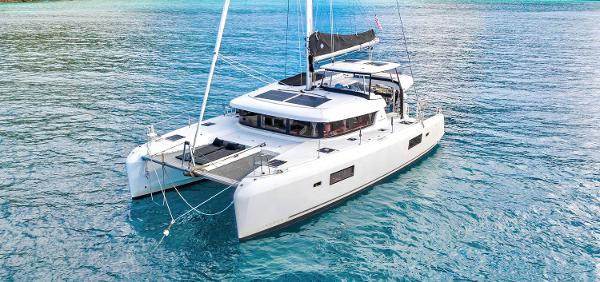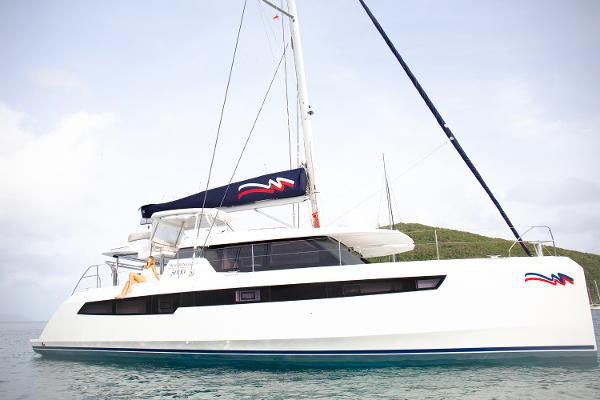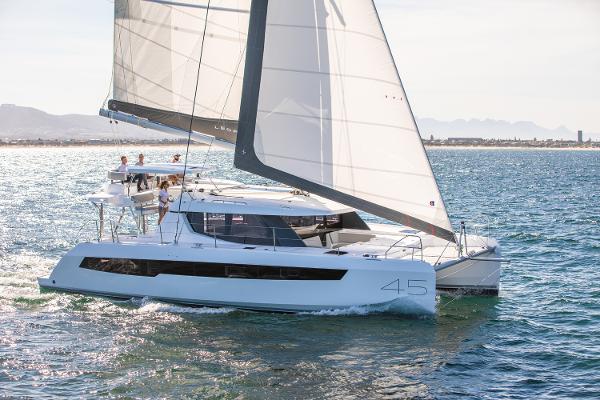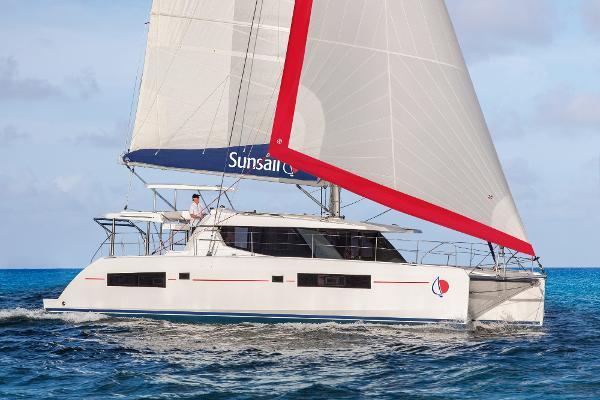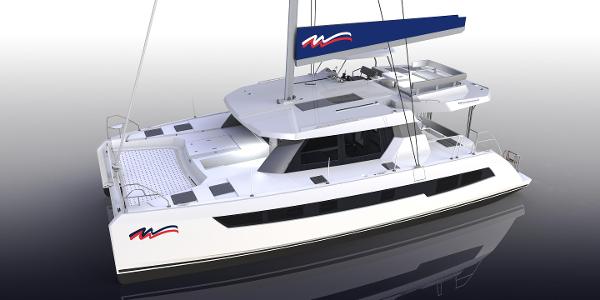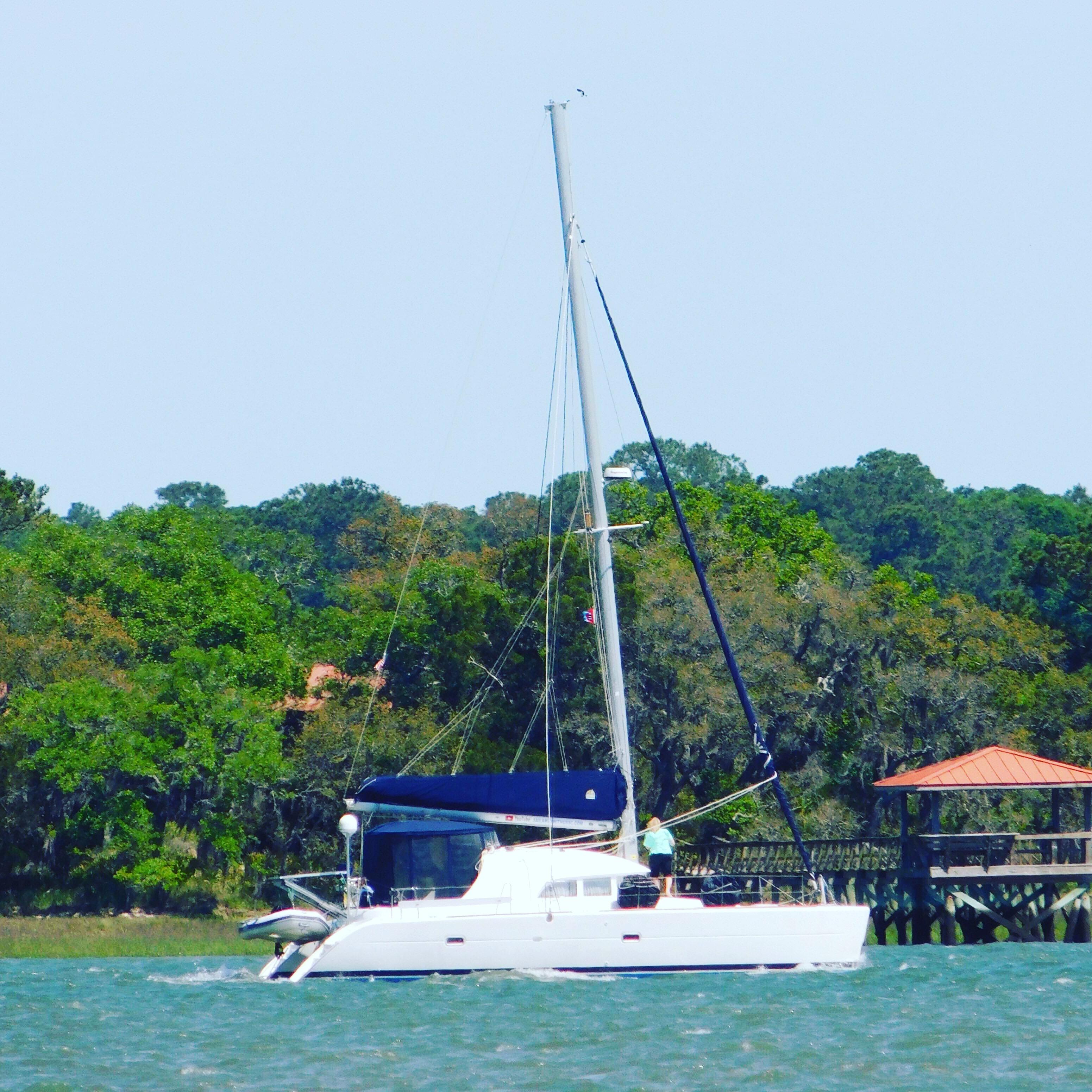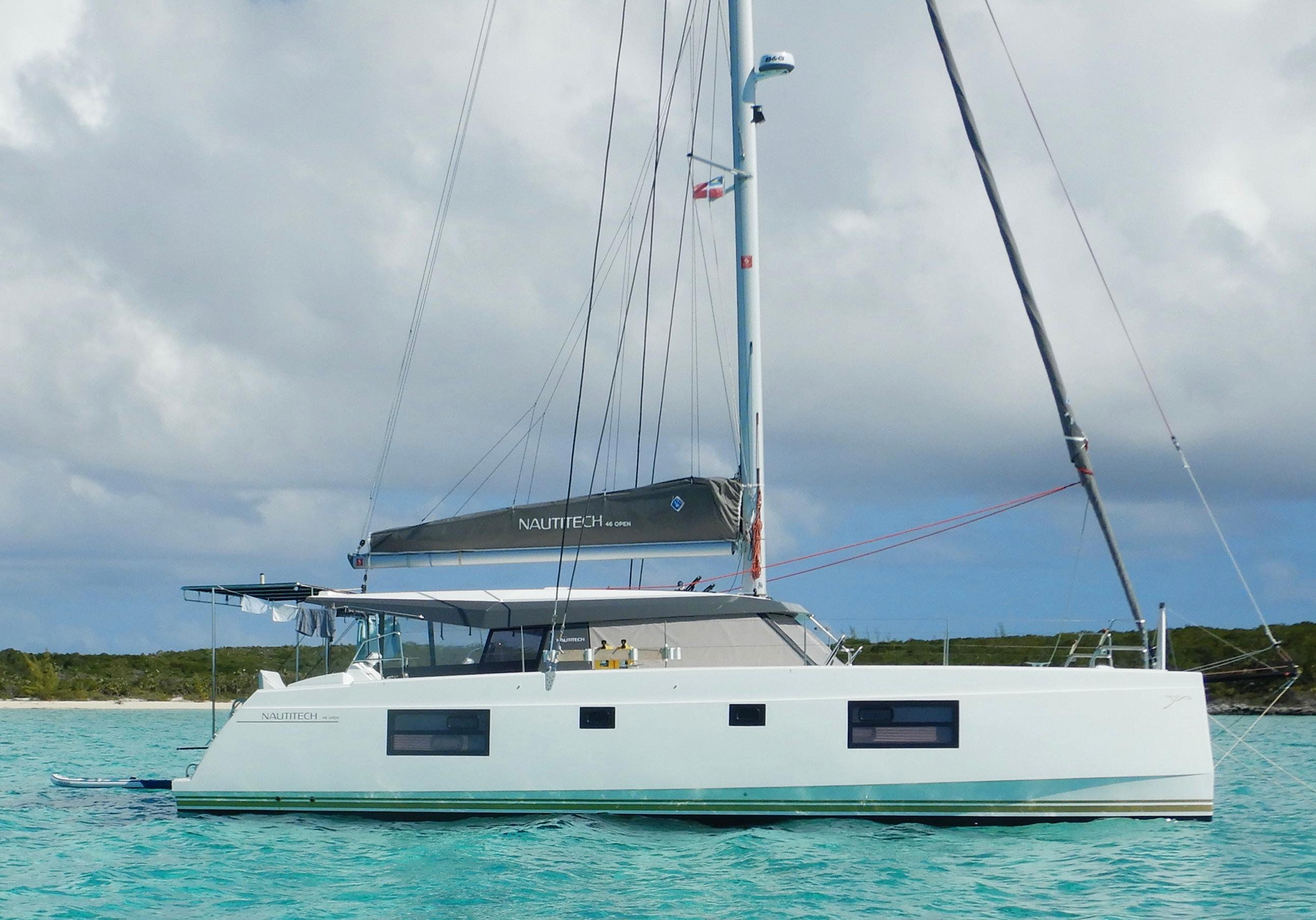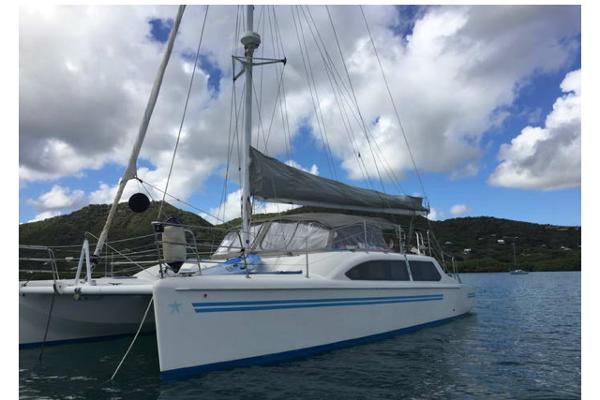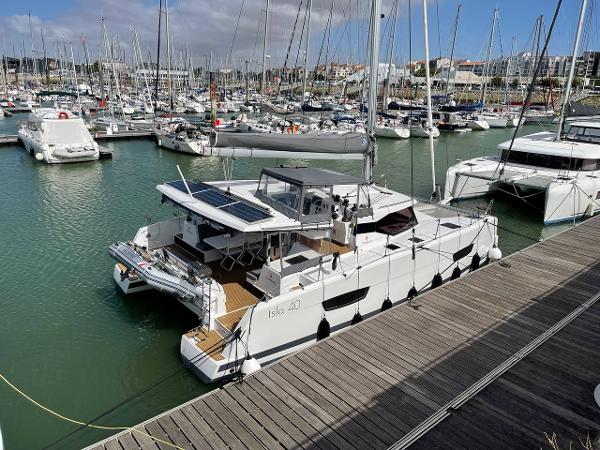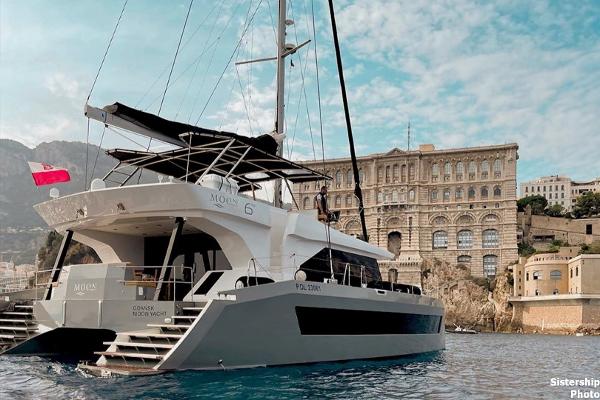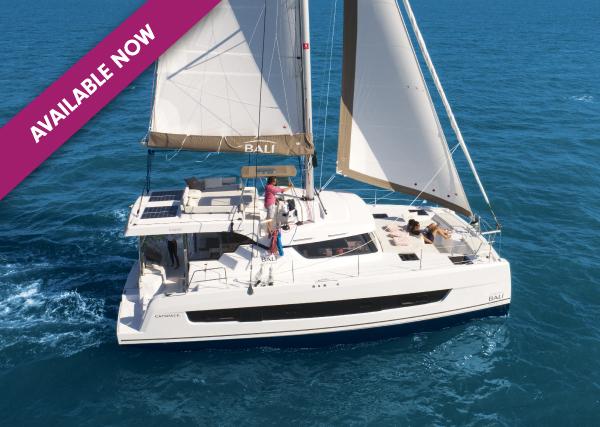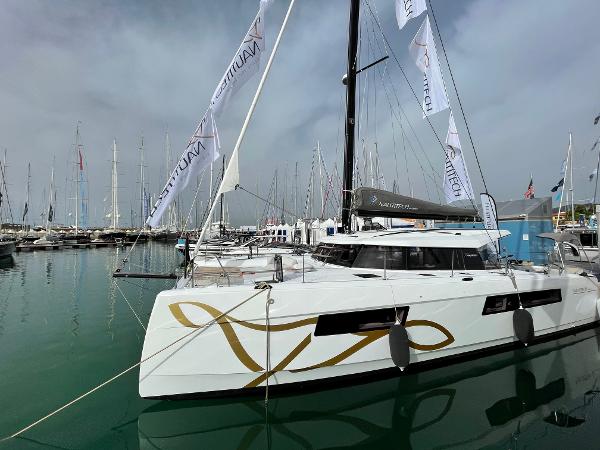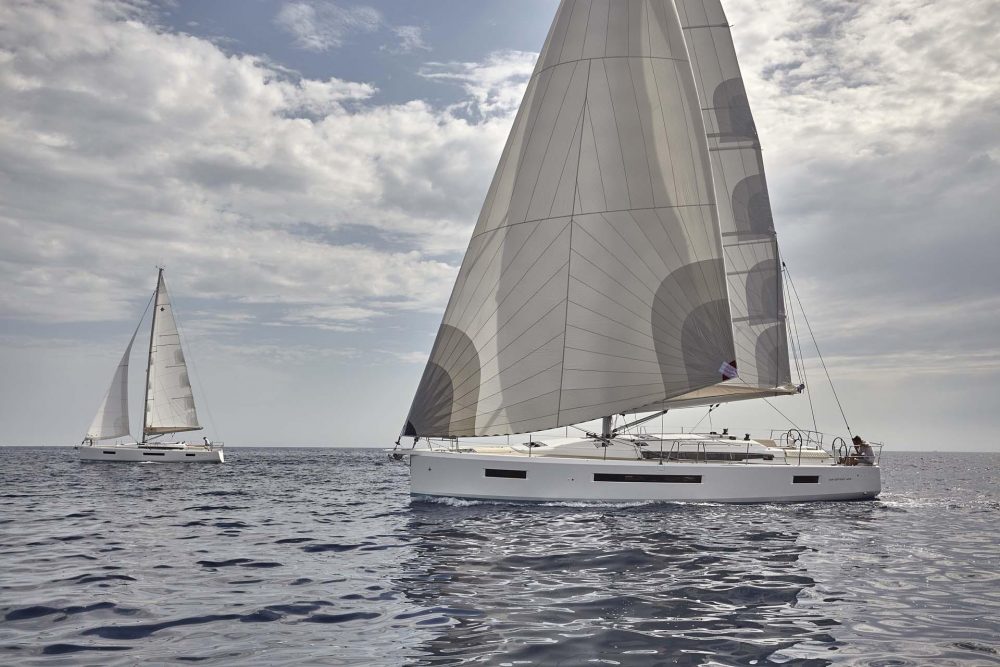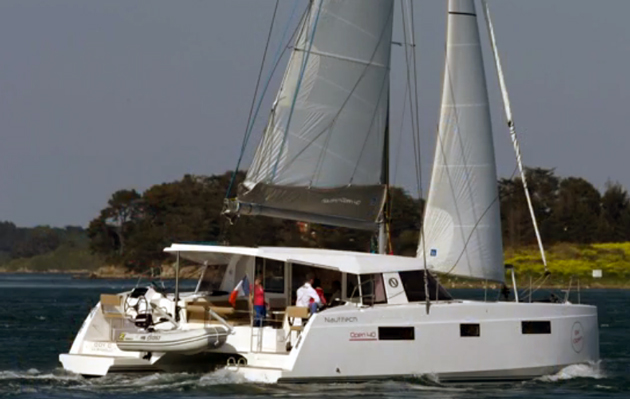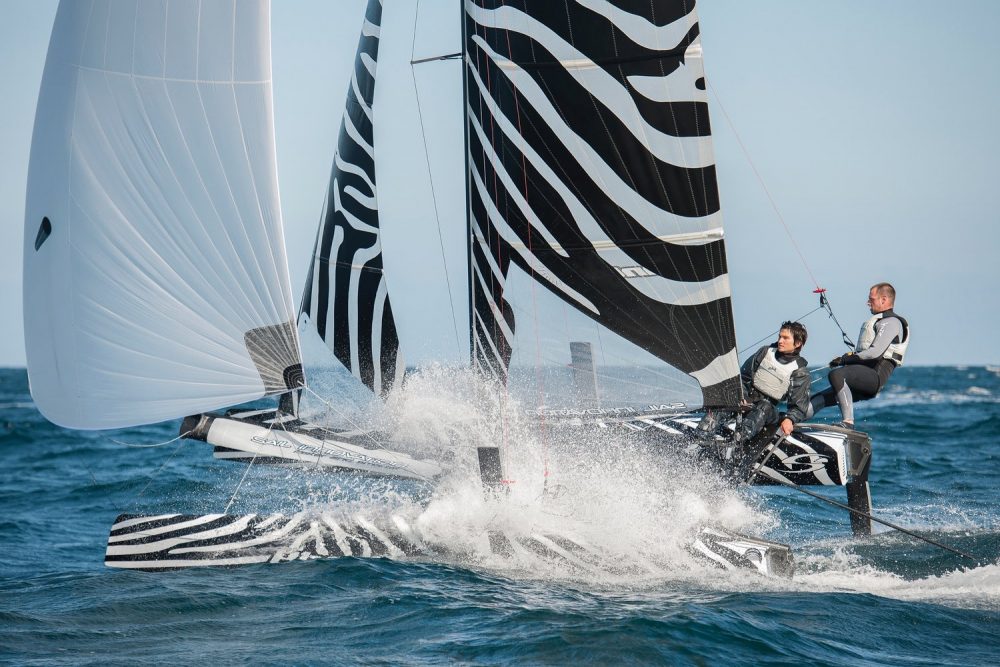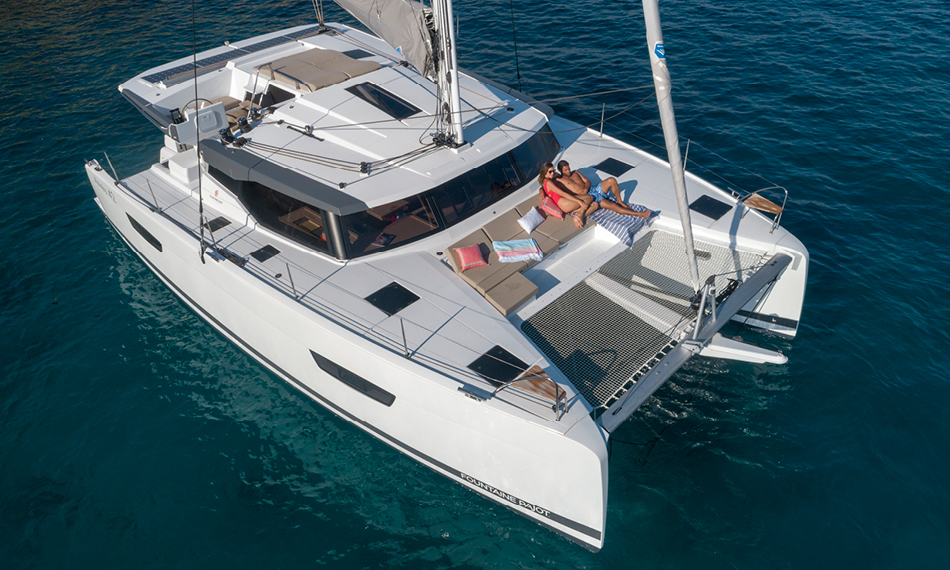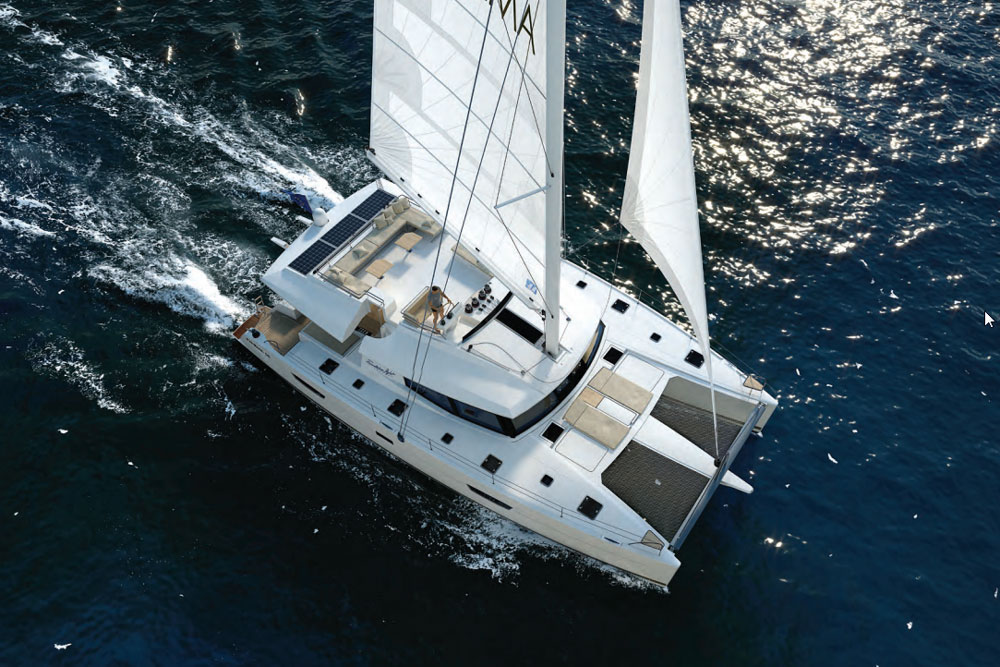Featured Catamaran Brands
Catamaran boats for sale
-
Advertisement
-
Advertisement
-
Advertisement
-
-
Advertisement
Contact Seller
XCatamaran
Ideal for overnight cruising and day sailing these Catamaran boats vary in length from 27ft to 106ft and can carry 5 to 122 passengers. There are a wide range of Catamaran boats for sale from popular brands like Lagoon, Fountaine Pajot and Bali with 234 new and 587 used and an average price of $521,865 with boats ranging from as little as $16,644 and $4,818,150.
Catamarans
Are two hulls better than one? Many people who own sailing catamarans certainly think so. To state the obvious, the one thing all sailing catamarans have in common is that they have two hulls instead of one. The hulls are bridged by a deck, and in the case of large models, cabins are located both on the deck and also inside the two hulls. Some sailing catamarans instead have a fabric deck, or a “trampoline,” spanning the hulls forward of a rigid main deck.
There are a number of big advantages to a sailing cat. Their beam is maximized for the entire length of the boat instead of coming to a point at the bow, which makes them far roomier inside than monohulls; most people say to the tune of 1.25 the times of a monohull by length, so a 40-foot catamaran has about as much room as a 50-foot monohull. Those with cabins in the hulls enjoy greatly enhanced privacy, since the cabins in different hulls are located far apart. Another advantage they hold is a shallower draft. Plus, they can handle rough seas incredibly well, although some may slam in certain conditions. And many models can be efficiently motored as well as sailed. For these reasons, sailing catamarans are often the choice for charter operations.
On the flip side, some athletic sailors aren’t enamored with the performance of certain catamaran sailboats. Different sizes and styles have different characteristics, but many designed for cruising aren’t exactly graceful. But for sailors who suffer from seasickness the enhanced stability of sailing catamarans can save the day. Plus, that stability can make nights spent at anchor far more enjoyable. As with all boats there are trade-offs to be made, but for many sailors, a sailing catamaran will be the best all-around choice.

